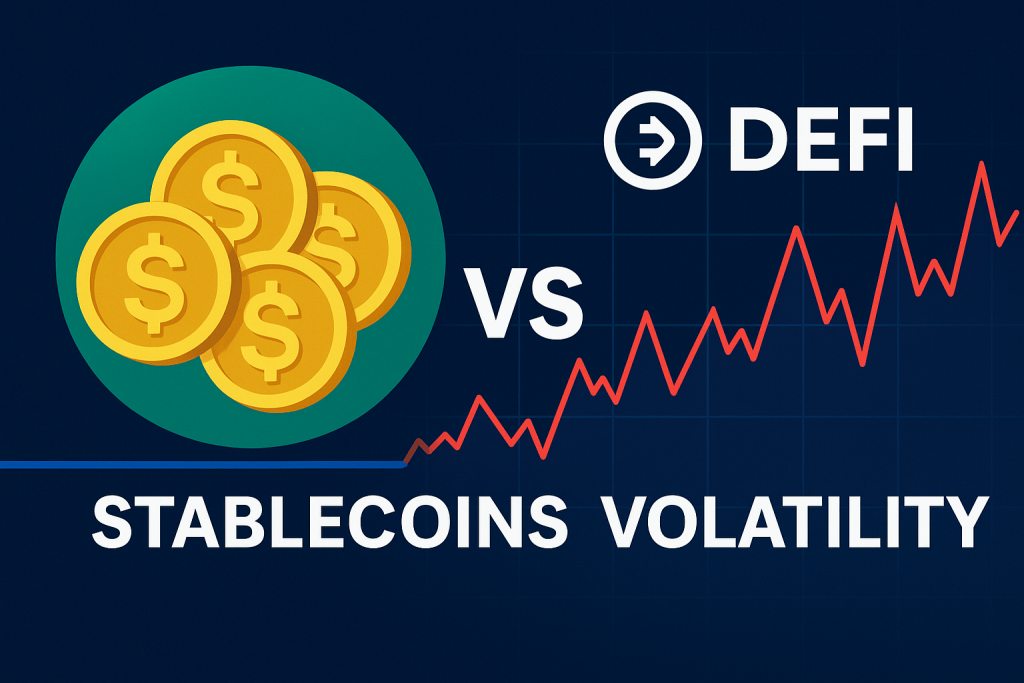Stability as the Foundation of Decentralized Finance
In the world of cryptocurrencies, price volatility is the norm. Bitcoin or Ethereum can skyrocket by 20% in a single day, only to plunge even lower the next. For investors, this often means high risk, while for everyday users it creates a lack of reliable tools for financial transactions. This is where stablecoins step in.
Why Stablecoins Became the Heart of DeFi
In DeFi, users need an asset that won’t lose its value during sudden market swings. Stablecoins provide:
- Predictability – tokens pegged to the dollar or euro protect against sudden shocks.
- Liquidity – they serve as the backbone for most DeFi protocols and exchanges.
- Trust – users feel safer engaging with DeFi when their funds remain stable.
Real Use Cases
- Lending: protocols like Aave or Compound allow users to borrow and lend mostly in stablecoins.
- Yield farming and staking: returns are more transparent and reliable when the underlying asset is stable.
- Cross-border payments: stablecoins are already replacing bank transfers for fast and cheap international transactions.
Risks and Challenges
Stablecoins are not perfect. Centralized projects such as USDT or USDC depend on issuers and regulators. Decentralized alternatives like DAI require complex mechanisms to maintain their peg. Still, without stablecoins, DeFi would remain a playground for traders rather than a tool for the real economy.
DeFi needs stability, and stablecoins are the key to providing it. They reduce risks, make decentralized finance accessible to a broader audience, and act as a bridge between traditional and digital financial systems.
